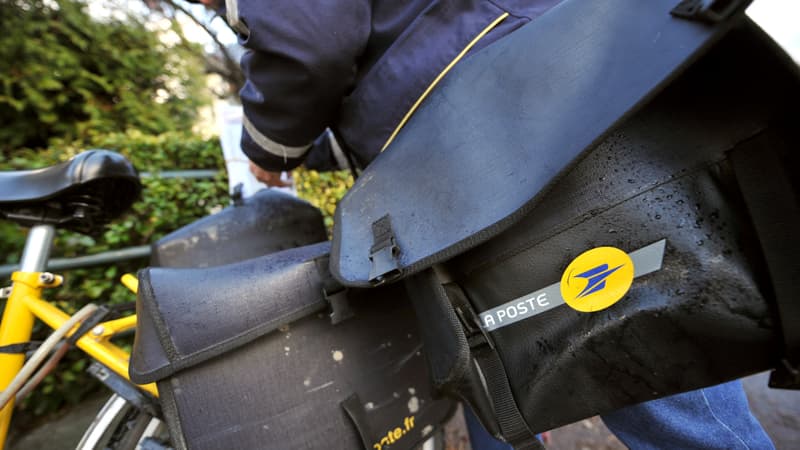Under the immense patio with industrial looks of the post du louvre in Paris, a curious fashion parade was held in June. It is difficult to imagine that behind this minimalist gray dress or this Burgundy leather jacket hide the old mail attire.
However, it is of this waste that Collective worked, a group of Parisian modifiers that wear damaged or abandoned clothes that, for this collection called “development”, included 30% of the materials recovered from the public company.
From used vests and jeans, designers imagined a complete fashion collection. An artistic proposal that is directed under the problem of the problem of the valuation of the technical outfits used but that cannot only respond to the care of the 80,000 tons annually produced by the companies involved, according to the professionals of the professionals. Since January 1, 2025, this assessment has been mandatory in France, according to AGEC law.
The SNCF had, in 2016, “the idea of a collaborative approach” in 2016 to establish a classification sector, collection and assessment of used professional outfits, while at that time, “the only options” were “incineration or burial”, testifies the company to the AFP. This project, which pilots, brings together several directors in addition to the SNCF, including the post, the city of Paris, GRDF, the interior ministries and the armies, the ONF (National Forestry Office) and ESF (French ski school).
Plug and cable coils
This project is based on the mesh of the TLC synergies, an organization that brings together several actors in classification, collection and textile assessment. The last link in the chain, the new textile fiber factory (NFT), opened in 2023 in the Rhône, prepares the recycling clothes. Their machines order by material and then eliminate the “hard points” (buttons, zippers, etc.). Then, the materials are sent to companies capable of transforming them isolating, padding, cable coins for clothing, etc.
The “recycling possibilities” of professional clothing are “interesting”, analyzes Éric Boël, president of NFT: these clothes are “well normalized, with clear technical leaves”, more standardized than public clothing in general and with “significant” volumes. Every year, the SNCF recycles 15 tons of clothes. And the post, 18 tons of materials transformed into new fibers, in isolation panels or even in ping-pong snow rackets, details with the AFP Laure sent, director of the company of the company.
From now on, the Post and Suez recying subsidiary offers other companies (construction, collective catering, etc.) so that their old attire collect the factors. Then you are cracked to Synergies TLC and then to the NFT industrial site. And the results are “encouraging”, Eric Boël estimates AFP. In 2024, the factory attended three million clothes, including 20% of professional clothes, the expert created.
“Do not use again”
For example, between 2021 and 2024, the 75,000 postal workers and agents who work in the classification and distribution centers of the mail centers and plots of the classification and the distribution centers of the classification and the distribution centers, indicate to the AFP Philippe Douge, director of the post of the classification and distribution centers of the management and distribution of the AFP. Before the implementation of this sector, “postal workers (who owned their outfits, editor’s note) kept them, for gardening, for example,” reminds Philippe Douge.
But then? Éric Boël alerte: These clothes “cannot be used again” because they are already recognizable with logo. “Imagine that an SNCF controller jacket or the maintenance of a gendarme are found in nature” and are used fraudulently. Therefore, it is necessary to have “a safe space to treat them and traceability,” he concludes.
Source: BFM TV


